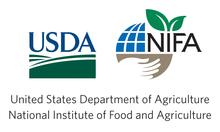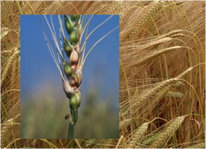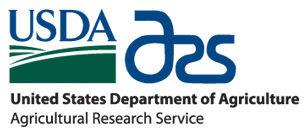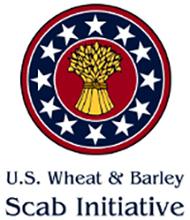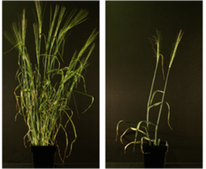Barley Genomics
Barley (Hordeum vulgare L.) is a diploid member of the Triticeae and contains a large 5.3 Gb genome. My laboratory is contributing to the development of genomics tools for breeding, sequencing the barley genome, and an understanding of the barley genome. We have been involved with large collaborative projects including: developing SNP maps, integrating SNP maps with the physical map, sequencing the genome, and characterizing the copy number variation in the genome.
Funding: NSF, USDA-NIFA, DOE-JGI
Fusarium Head Blight of Wheat and Barley
Fusarium head blight (FHB), caused by Fusarium graminearum, is a major disease problem for wheat and barley throughout the world. During infection, F. graminearum produces trichothecene mycotoxins that result in increased virulence and reduction in grain quality. My laboratory is using genomics tools to examine the wheat/barley – F. graminearum interaction, identifying and characterizing genes that detoxify trichothecenes, and characterizing germplasm for FHB resistance.
Funding: University of Minnesota Small Grains Initiative, USDA-ARS, U.S. Wheat and Barley Scab Initiative
Genetic Regulation of Tillering in Barley
Barley (Hordeum vulgare L.) shoot architecture is based upon the actions of the apical and axillary meristems (AXMs). The shoot apical meristem (SAM) produces all above-ground organs. Vegetative AXMs form in the leaf axil of lower leaves at the base of the plant (crown) and produce tillers (branches). Tiller development is characterized by three general stages: (1) the initiation of an AXM; (2) development of the AXM with leaves (axillary bud); and (3) the subsequent outgrowth of the axillary bud into a tiller. Each tiller has the potential to produce a seed-bearing inflorescence and increase biomass. Thus, tiller number and vigor contribute to the final grain and biomass yield. My laboratory is using a genetic approach to study the control of tiller number in barley. We have collected and are characterizing a large set of mutants that control tiller number. Our primary focus is on a set of low tillering mutants including: absent lower laterals, uniculm2, uniculm4 and low number of tillers.
Funding: USDA-NRI
Characterizing Germplasm For Barley Improvement
Crop improvement relies on incorporating genetic variation for traits of interest. My lab characterizes barley germplasm collections with the goal to identify useful lines and loci that can be incorporated into breeding programs.


